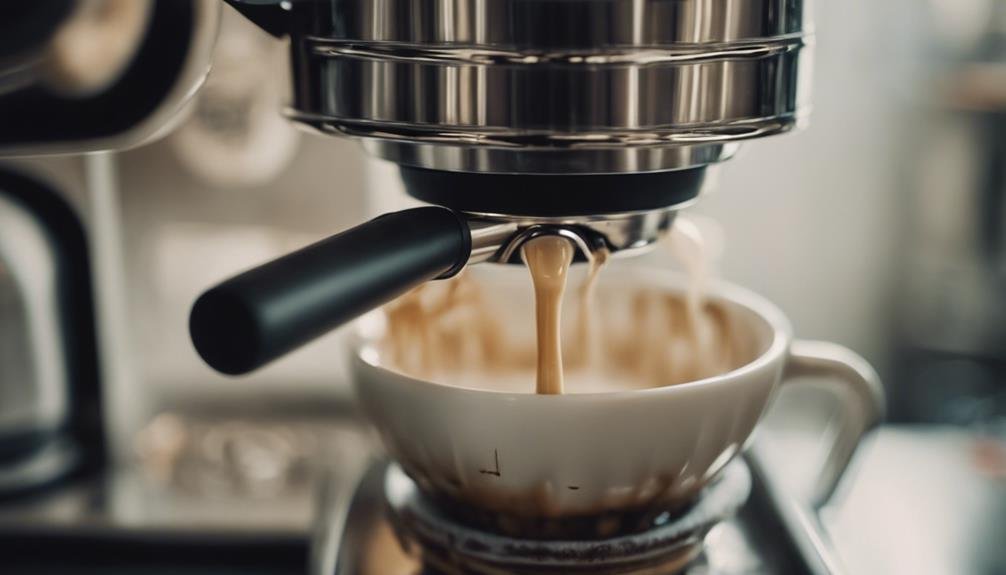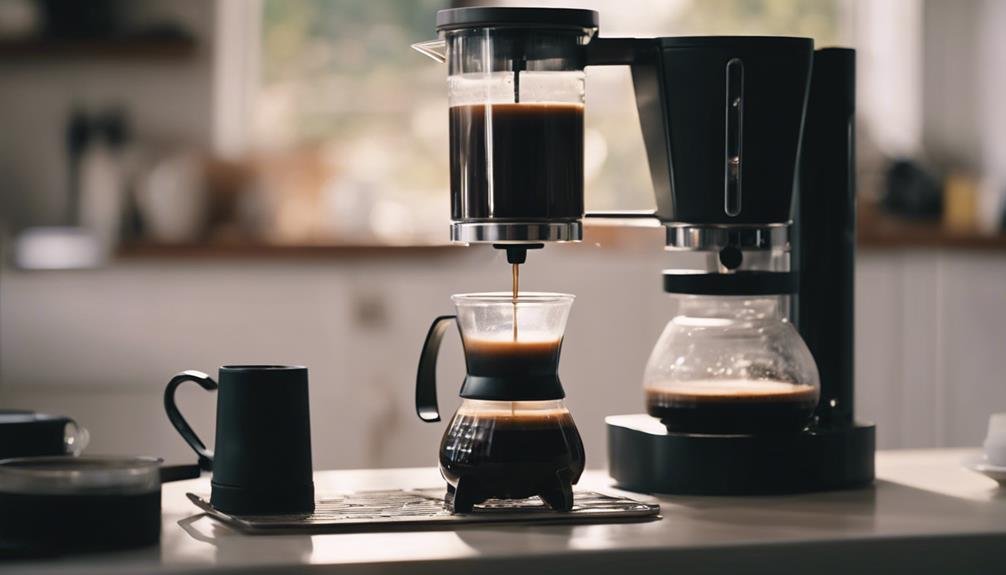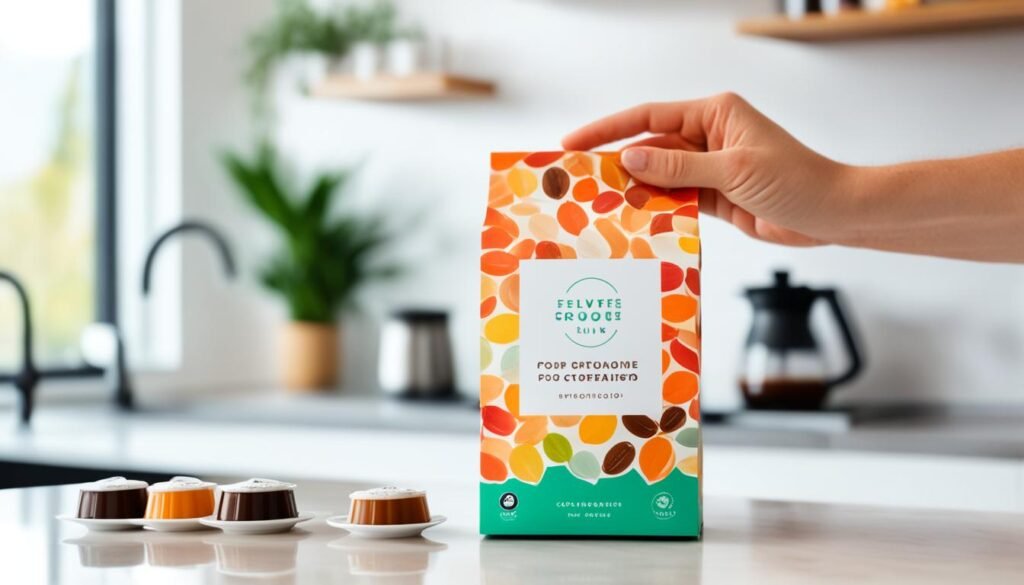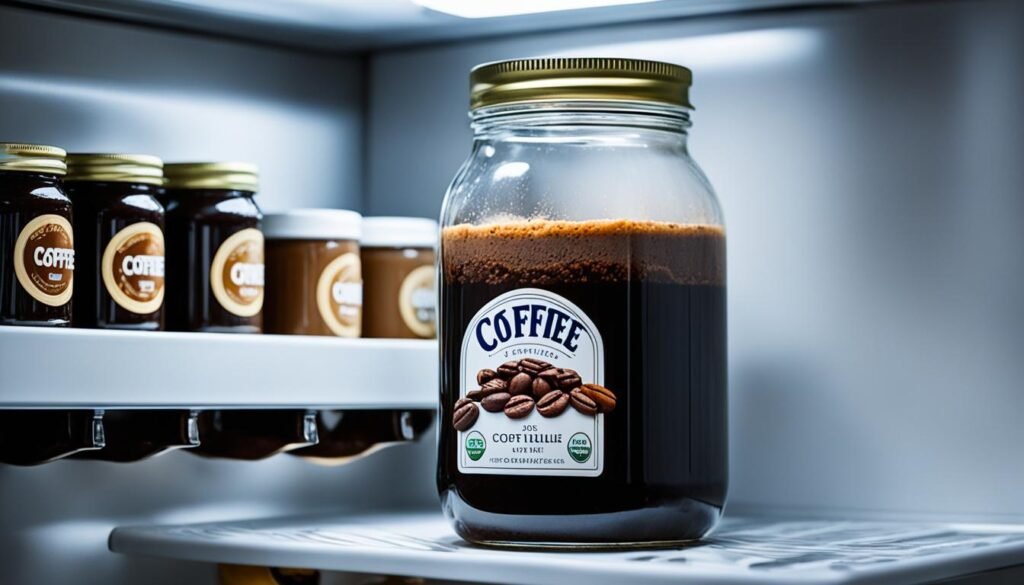Using milk in your coffee maker can lead to serious hidden dangers. It creates an ideal environment for bacterial growth, potentially causing digestive issues. The milk's residue can clog and damage internal components, shortening your machine's lifespan. Cleaning milk residue is challenging, often requiring disassembly and thorough scrubbing. Additionally, brewing with milk instead of water can result in bitter, unappealing coffee. To protect your health and machine, avoid putting milk directly in the coffee maker. Instead, add milk to your cup after brewing. Consider exploring alternative methods for enhancing flavor without risking your appliance or well-being. Discovering safer ways to enjoy your coffee can lead to a more satisfying experience.
Health Risks
While you might be tempted to pour milk directly into your coffee maker, doing so can expose you to serious health risks. Coffee makers with milk provide an ideal environment for bacterial growth. As milk residue builds up in the machine, harmful bacteria can multiply rapidly. This bacterial contamination can lead to digestive issues like vomiting and diarrhea if you consume the contaminated coffee.
To protect yourself, it's essential to thoroughly clean your coffee maker after using milk. However, cleaning milk residue from the machine's internal components can be challenging. If you don't remove all traces of milk, you're leaving the door open for continued bacterial growth. Over time, this can result in more severe health problems.
Machine Damage
Regularly putting milk in your coffee maker can wreak havoc on its internal components, potentially leading to irreversible damage. Milk's thicker consistency can clog the machine's lines, causing blockages and malfunctions. As milk residue builds up, it can burn and create stubborn deposits that are difficult to remove.
These issues can greatly shorten your coffee maker's lifespan and compromise its performance.
To protect your machine, it's important to implement preventative measures. Avoid using milk in the coffee maker altogether, and instead add it to your cup after brewing. If you accidentally use milk, clean the machine thoroughly immediately after use. Regular maintenance tips include descaling your coffee maker every few months and wiping down external surfaces daily.
Cleaning Challenges

Ever tried cleaning milk residue from a coffee maker? It's a vital task that'll test your patience and cleaning skills. Milk proteins and fats leave a stubborn film inside your machine, affecting the taste of future brews if not properly removed. To tackle this issue, you'll need to disassemble your coffee maker and clean each part thoroughly.
Effective cleaning techniques include using a mixture of vinegar and water to dissolve milk residue, followed by multiple rinses with clean water. You'll also want to use a soft brush to scrub hard-to-reach areas.
It's important to make sure all traces of milk are removed to prevent bacterial growth and maintain the quality of your coffee. Remember, this intensive cleaning process is necessary after each use of milk in your coffee maker, making it a time-consuming and potentially frustrating experience.
Flavor Deterioration
The flavor of your coffee can take a serious hit when you use milk in your coffee maker. Coffee makers are designed to extract flavors from coffee grounds using water, not milk. When you substitute milk for water, you're altering the brewing techniques that are essential for best flavor enhancement. The result? A bitter, unappealing cup of coffee that doesn't meet your taste preferences.
If you're looking to improve your coffee's flavor, consider exploring milk alternatives or adjusting your brewing methods. Instead of putting milk directly in the coffee maker, try adding it to your mug after brewing. This allows you to control the milk-to-coffee ratio and maintain the integrity of the brewing process.
Alternative Methods

Fortunately, you've got several alternative methods to enhance your coffee without resorting to putting milk in your coffee maker. One approach is experimenting with additives after brewing. You can try various types of milk, creamers, or non-dairy alternatives in your cup to achieve the desired taste and texture.
Another option is to explore frothy alternatives. Use a milk frother or a small whisk to create a creamy foam that you can add to your coffee post-brewing. This method allows you to control the amount and consistency of the milk without risking damage to your coffee maker.
Additionally, you can experiment with different coffee beans, roasts, and grind sizes to find a combination that naturally produces a less bitter brew. These alternatives not only protect your coffee maker but also give you more control over your coffee's flavor profile.
Conclusion
You've learned why putting milk in your coffee maker isn't the best idea. It's not just about safeguarding your machine; it's also about protecting your health and preserving the quality of your coffee.
Instead of this risky shortcut, consider exploring alternative methods for achieving that creamy cup you desire. By making informed choices, you'll guarantee a safer, more enjoyable coffee experience while extending the life of your trusted brewing companion.












